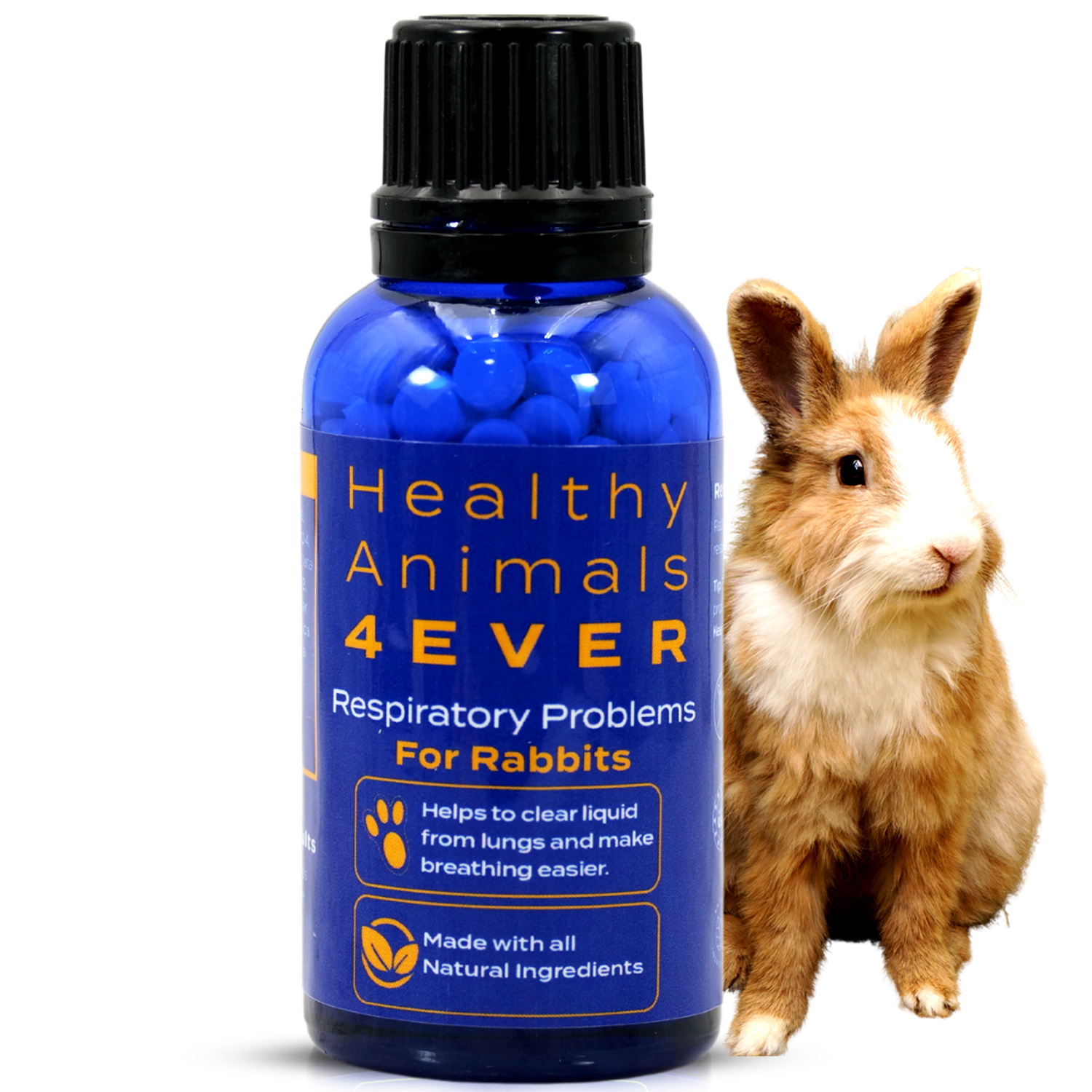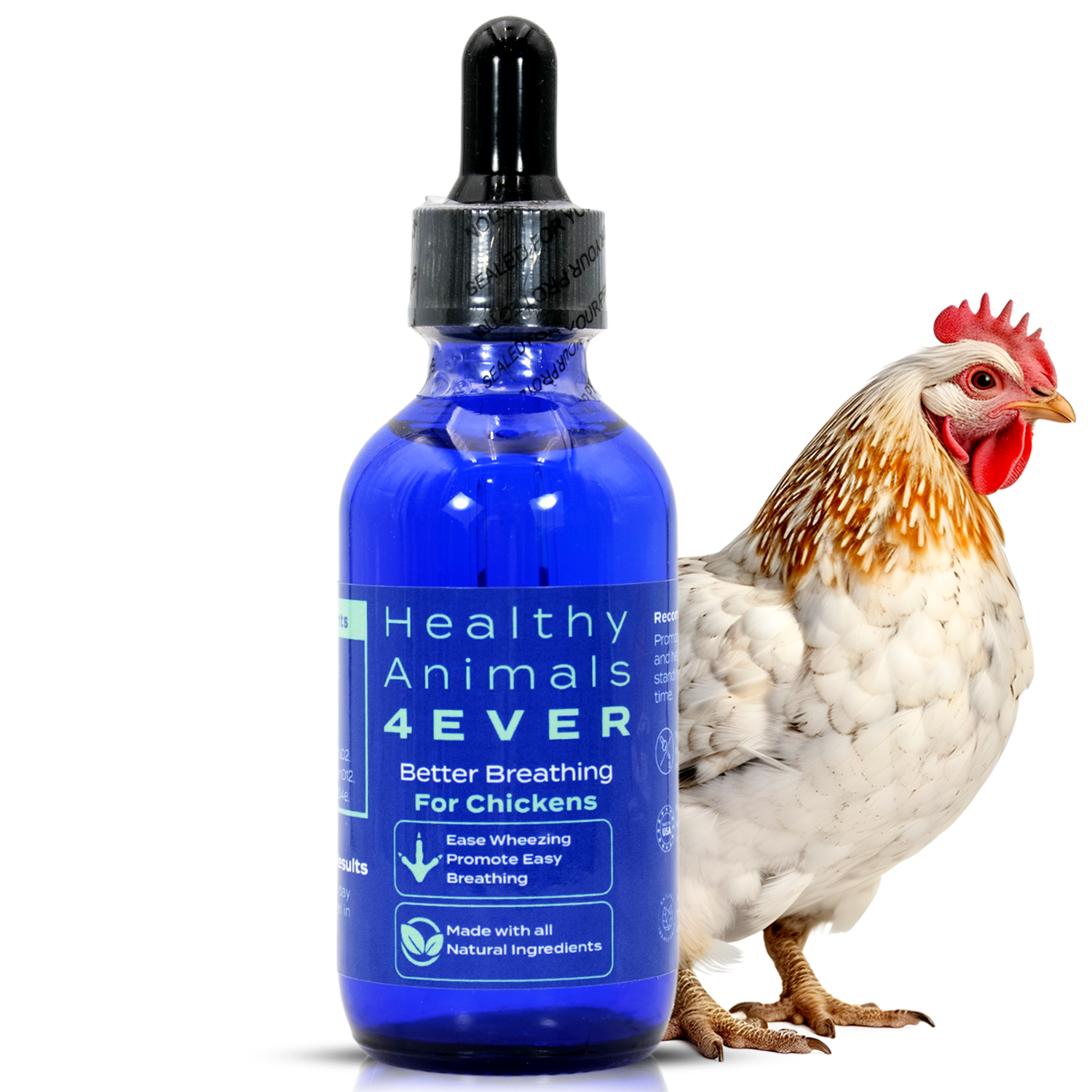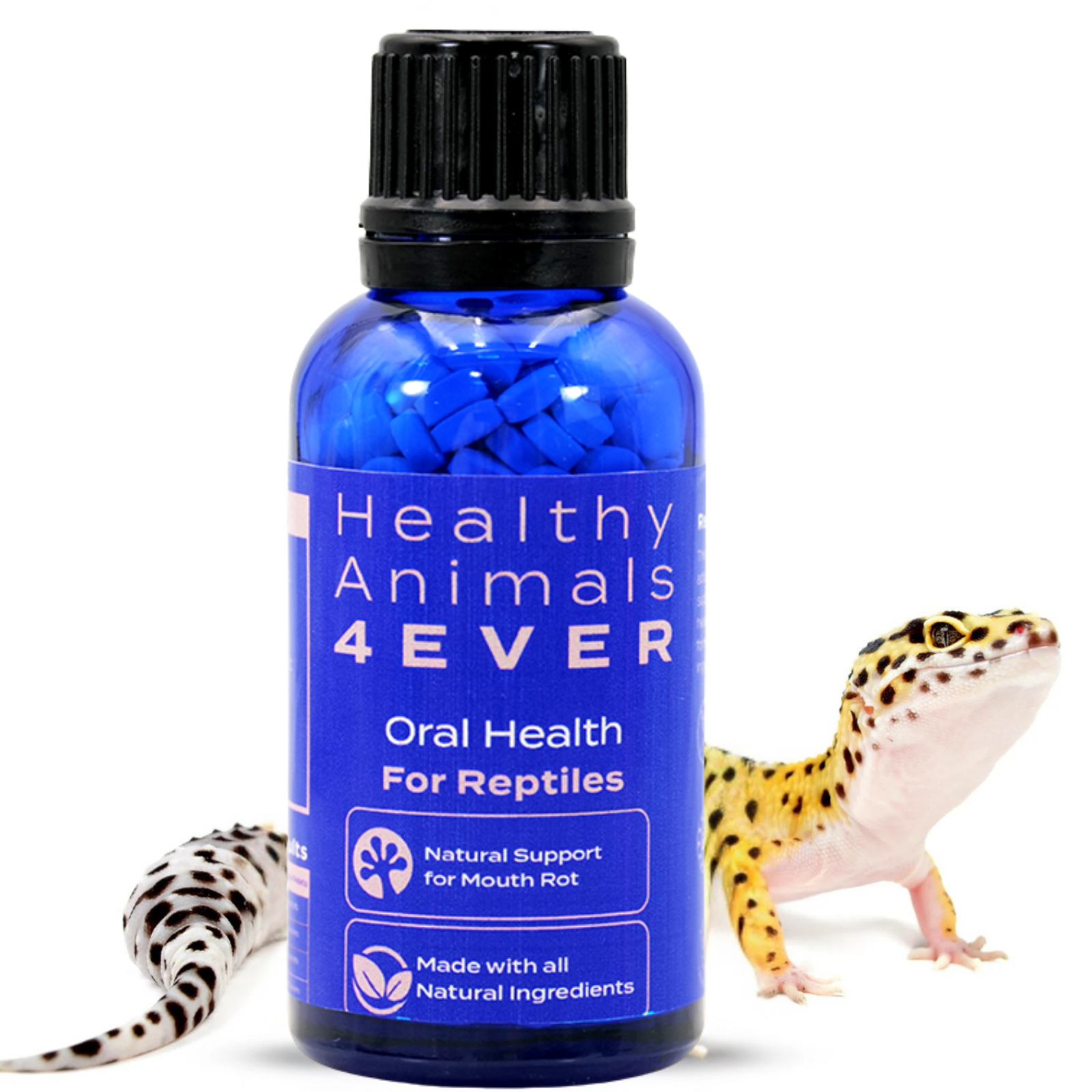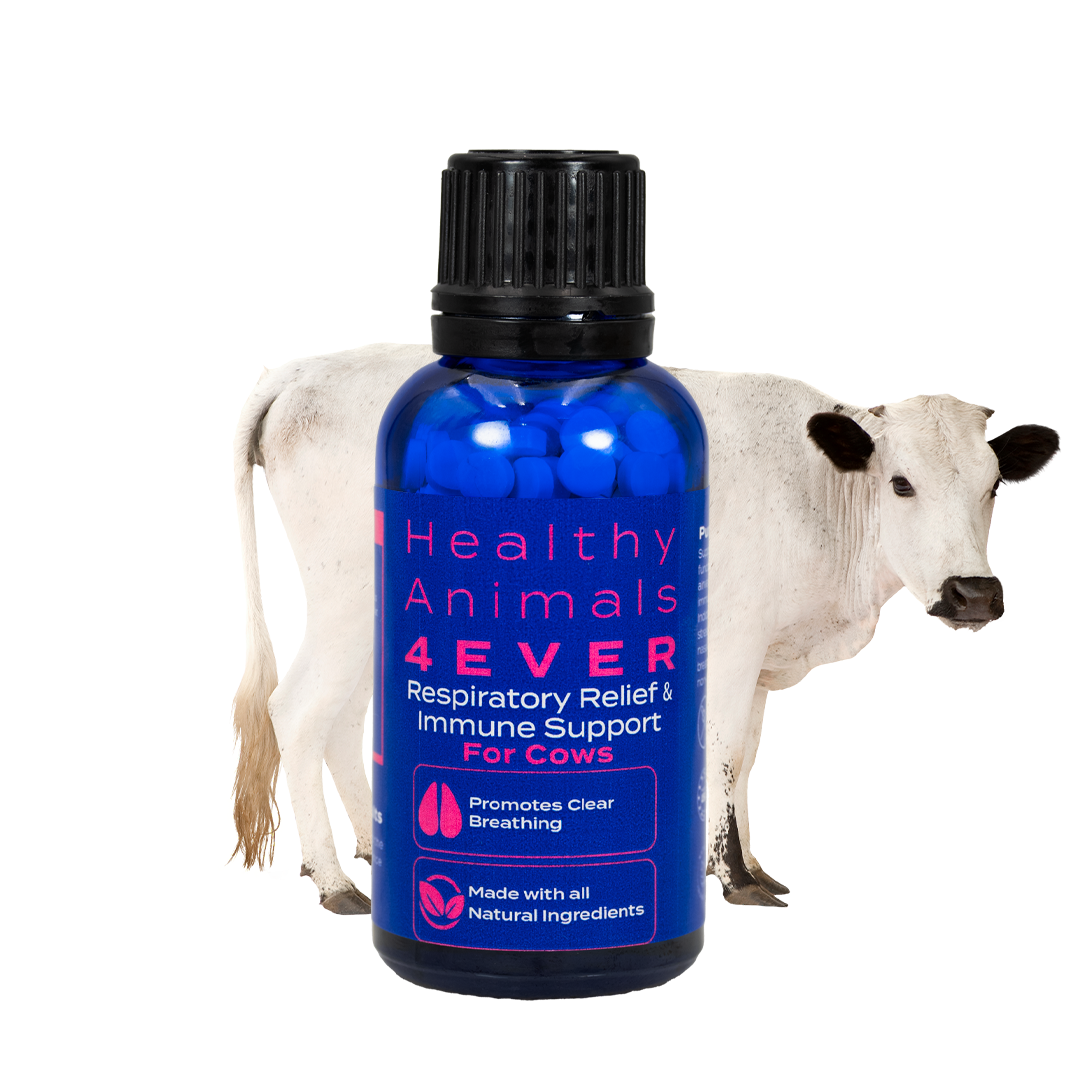How to Care for Newborn Bunnies: A Complete Guide for Beginners
Raising baby bunnies might sound cute (and it is!), but it also comes with a fair share of responsibility. Baby rabbits are fragile, fast-growing, and very different from puppies or kittens. They have specific needs when it comes to warmth, food, space, and handling, and things can go downhill quickly if something’s off.
Learning how to care for newborn bunnies means understanding their unique needs from day one. But once you get a handle on their basic care and rhythms, it becomes much easier.
This guide walks you through each stage of a bunny’s early life to help you give them the best start possible.

What You Need to Know About Baby Bunnies
Before you start caring for baby bunnies, it helps to know a bit about what they’re like and how they grow. Rabbits are surprisingly delicate animals, especially when they’re little. Their needs change quickly during their first few weeks, so understanding their natural behavior can really make things easier.
Life Stages of a Bunny
Baby bunnies (called kits) go through several fast-moving stages:
-
Newborn (0-2 weeks): They’re blind, deaf, and completely hairless when born. During this time, they rely entirely on warmth, safety, and their mother’s milk.
-
2-4 weeks: Their eyes open, fur grows in, and they begin to explore a little. They start nibbling on hay and pellets while still nursing.
-
4-8 weeks: They become more curious and active. This is when they’re learning to eat solids, use a litter box, and interact with people and siblings.
Skin Conditions is a natural remedy for common skin problems in rabbits. Promotes healthy fur growth, helps with irritation, itching, and redness, and repels fleas and mites. Suitable for all skin types, including sensitive skin. All-natural formula.
Normal Bunny Behavior
Baby rabbits are prey animals, so they tend to be cautious and jumpy. It’s normal if they freeze when you come near or squirm when you try to pick them up. With gentle handling and patience, they’ll gradually get used to you.
They also grow fast. One week they’ll be fragile, and the next week they’ll be hopping around like they own the place!

Getting Ready for Baby Bunnies
If you’re expecting a litter or just brought home some baby bunnies, a bit of setup can help a lot. You’ll need to make their environment safe, warm, and quiet. These little guys are sensitive to just about everything, so even small changes can stress them out.
Create a Safe Nesting Area
If the mother is still around, she’ll do most of the work. Just give her:
-
A nesting box (a cardboard box with low sides works fine)
-
Some soft bedding like straw, hay, or clean towels
-
A quiet space where she won’t be disturbed
If you’re hand-raising the bunnies, they’ll need something similar, just without the mom. Use a small box or container lined with soft cloths or fleece. Make sure they can’t crawl out or get stuck.
Supplies You’ll Need
Here’s a quick checklist:
-
Clean bedding (no cedar or pine shavings as they can be harmful)
-
Heating pad or hot water bottle (wrapped and set on LOW, if mom isn’t present)
-
Feeding supplies if you're hand-raising: Kitten milk replacer (KMR) and a small syringe or eyedropper
-
Hay (like timothy or alfalfa, depending on age)
-
Pellets (plain, no colorful bits)
-
A shallow water bowl (once they’re old enough)
It’s also smart to have some pet-safe disinfectant on hand for cleaning their space.

Newborn Bunny Care (0-2 Weeks)
These first two weeks are the most delicate stage of a baby bunny’s life. Doesn’t matter if you’re helping a mother rabbit care for her babies or hand-raising them yourself; the goal is the same: keep them warm, fed, and stress-free.
What to Do If You Find an Abandoned Nest
If you stumble across a nest of baby bunnies outside, don’t assume they’ve been abandoned. Rabbit moms usually feed their babies just once or twice a day, often overnight or early morning. They stay away most of the time to avoid attracting predators.
But if the nest looks untouched for more than 12–24 hours (no sunken bellies, babies seem cold, weak, or calling out), it might be time to step in. In that case, contact a local wildlife rehabber before trying to care for them yourself. Wild bunnies need specialized care.
Feeding: Mother’s Milk vs. Hand-Feeding
If the mother is present and nursing, let her do her job. Just make sure she has peace, good food, and fresh water.
If she’s not nursing (or not around at all), you’ll need to hand-feed them using kitten milk replacer (KMR). You can find it at most pet stores or vet clinics. Don’t use cow’s milk or goat milk since it’s too harsh on their stomachs.
Slightly warm the formula to body temperature, and always test it on your wrist first to make sure it’s not too hot.
Feed with a small syringe or eyedropper, once or twice a day. It’s really easy to overfeed, so be cautious. Their stomachs are tiny. Feed slowly and carefully while they are lying on their bellies, never on their backs (they can aspirate milk into their lungs if you’re not careful).
Approximate feeding amounts:
-
0-1 week: 2-4 cc per feeding
-
1-2 weeks: 5-7 cc per feeding
Always check their bellies: if they’re full and round, it’s time to stop.
If their bellies look overly round or feel firm after feeding, you might be giving too much. It’s safer to feed a little less and let them stay slightly hungry than to risk bloating.
Gastrointestinal Stasis offers natural gastrointestinal stasis remedy for rabbits. Helps with bloating, gas and discomfort and boosts energy. It supports appetite and nutrition and prevents weight loss. All-natural formula.
Handling and Touching
Keep handling to a minimum during this stage. They’re super fragile. If the mom is there, avoid unnecessary touching to reduce stress. If you must touch them (for feeding, cleaning, or checking), make sure your hands are clean and warm.
Keeping Them Warm
Newborns can’t regulate their own temperature, so you’ll need to help with that, especially if they’re orphaned. A heating pad on LOW, placed under half of their box, works well. That way, they can move to a cooler spot if they get too warm.
Don’t overheat them; watch for signs like spreading out or panting.
Cover them lightly with soft fleece or a towel, just enough to mimic the warmth and safety of a nest.
Stimulation to Go Potty
Until they’re about 10 days old, baby bunnies can’t pee or poop on their own. Normally, the mother would lick them to stimulate it. You’ll need to:
-
Use a warm, damp cotton ball or soft tissue
-
Gently rub their bottom in small circular motions after feeding
We know it’s not glamorous… but it’s necessary and helps prevent infection or bloating.

Transitional Stage (2-4 Weeks)
Now things start to get interesting. Around 10 days old, baby bunnies open their eyes. They start moving around more, growing fur, and showing curiosity.
Introducing Solid Food
By 2-3 weeks, bunnies still rely on milk but can start nibbling on hay and pellets. Always offer:
-
Fresh timothy hay or alfalfa hay
-
Plain rabbit pellets (no seeds, fruits, or colorful stuff)
Let them explore the food at their own pace. They’re just learning, so don’t expect them to eat much right away. Keep feeding them milk until they’re at least 6-8 weeks old, even if they start eating solids early.
Gentle Handling
You can start handling the bunnies a little more now, but you have to be calm and gentle. This is a good time to help them get used to human touch, but don’t overwhelm them.
Hold them close to your body so they feel secure. Avoid loud noises, sudden movements, or chasing them around. Keep sessions short and positive.
Cleaning and Hygiene
As they get more active, things can get messier. Clean their box or cage daily: remove any soiled bedding, keep the feeding area clean, and replace water and hay regularly.
If they start to pee and poop outside the nest area, you can gently introduce a small litter tray filled with hay or paper-based litter (no clumping or clay litter).
Early Health Signs to Watch For
At this stage, it’s important to watch for:
-
Diarrhea or bloated belly
-
Not eating or refusing milk
-
Cold ears or body (could mean poor circulation or weakness)
-
Crusty eyes, sneezing, or labored breathing
If anything feels off, don’t wait. Baby bunnies can get sick quickly, so it’s better to call a vet sooner rather than later.

Growing Bunnies (4-8 Weeks)
By this point, the bunnies are starting to look and act more like “real” rabbits. They’re curious, active, and eating more solids, but they’re still babies.
What They Should Be Eating
They’ll still nurse if their mom is around (and should continue until at least 6-8 weeks), but solid food becomes their main focus now. Make sure they have:
-
Unlimited fresh hay (timothy or alfalfa; alfalfa is better for younger bunnies because of the higher calcium)
-
High-quality plain pellets (no seeds, corn, or dried fruit)
-
Fresh water available at all times (in a shallow bowl or bottle)
You can slowly start offering small amounts of fresh greens (like romaine, parsley, or cilantro) around 6 weeks, but introduce new foods one at a time and watch their poop. If it’s runny, hold off and try again later.
Bigger Space and Playtime
As they grow, they’ll need more room to move. A cramped box or cage won’t cut it anymore. Set up a larger pen or play area where they can hop around safely.
Use soft flooring (like fleece or towels), and make sure it’s bunny-proofed: no wires, small objects, or things they can chew and swallow.
Toys and enrichment help a lot too. Try:
-
Cardboard tunnels
-
Paper towel rolls stuffed with hay
-
Baby toys (like rattles or stacking cups)
This is the time to let their personalities shine. Some will be bold and social, others more cautious. It’s all normal.
Litter Training Basics
Yes, baby bunnies can start using a litter box! Put a small tray in the corner where they usually pee and line it with paper-based litter and some hay on top (they like to munch and poop at the same time).
They won’t be perfect right away, but with consistency, they’ll get the hang of it.
Time for a Vet Visit
Around 6-8 weeks is a good time to take them for a check-up. Look for a rabbit-savvy vet, not just a general vet. They’ll check their weight, teeth, eyes, and general health.

Common Issues and What To Do
Even with the best care, things don’t always go perfectly. Baby bunnies can be fragile, and it’s easy to worry when something seems off. Here are some common issues and what you can do.
They’re Not Eating or Drinking
If a bunny suddenly stops eating or drinking, act fast. Rabbits have sensitive digestive systems, and going even 12-24 hours without food can lead to serious problems.
Try:
-
Offering their favorite hay or a bit of fresh parsley
-
Gently syringing water if they’re not drinking on their own
-
Keeping them warm and calm
If they’re still not eating within a few hours, call a vet. Don’t wait it out.
Runny Poop or Diarrhea
This can be dangerous, especially for young bunnies. It’s usually caused by:
-
Overfeeding milk or formula
-
Introducing greens too early
-
Stress or illness
Stop any new foods, offer only hay and water, and keep an eye on them. If it doesn’t clear up quickly, or if they seem weak or dehydrated, get them to a vet.
Biting or Nipping
Baby bunnies might nip while exploring. It could be because they’re scared, overstimulated, or just testing boundaries.
What helps:
-
Calm, consistent handling
-
Letting them come to you instead of chasing
-
Respecting their space if they’re tired or overwhelmed
If a bunny is truly aggressive (which is rare at this age), it might be fear-based or hormonal.
Cold, Weak, or “Off” Behavior
Any signs of:
-
Cold ears/body
-
Lethargy
-
Unresponsiveness
-
Labored breathing
…are red flags. Baby bunnies can crash quickly. If something doesn’t feel right, it’s always better to check with a rabbit vet than to guess.

What You’ll Need to Consider
Once your bunnies are past 8 weeks, they’re not really babies anymore. They’re still young, but now you’re heading into the “teenager” phase, and that comes with a few new things to think about.
Separating Siblings
Bunnies can breed surprisingly early. Around 10-12 weeks, it’s possible for males and females to mate, even if they’re littermates. So if you have mixed-gender bunnies, you’ll need to separate them before then to avoid any surprise litters.
Sexing young bunnies isn’t easy, so if you’re not sure, get a vet to check for you.
Bonding with Other Rabbits
If you already have adult rabbits, wait until the babies are at least 3-4 months old (and ideally neutered/spayed) before trying introductions. Rabbits are territorial, and bonding needs to be done slowly and safely.
If you're raising a litter together, they’ll likely be close, but even siblings can fight once hormones kick in.
Shifting to Adult Bunny Care
By now, you can start treating them more like adult rabbits:
-
Offer more timothy hay and reduce alfalfa
-
Slowly expand the variety of leafy greens
-
Continue socializing them daily so they stay friendly and confident
-
Give them more space to explore, jump, and play
This is also a great time to start building routines, like regular feeding times, daily free-roam play, and scheduled vet checkups.

Bottom Line
Learning how to care for newborn bunnies isn’t always easy, but it’s absolutely doable if you’re prepared, patient, and willing to learn as you go. These little creatures need consistency, gentleness, and a safe environment to thrive.
Take it one day at a time, and before you know it, those tiny kits will grow into healthy, happy bunnies. And you’ll know you had a big part in making that happen.










